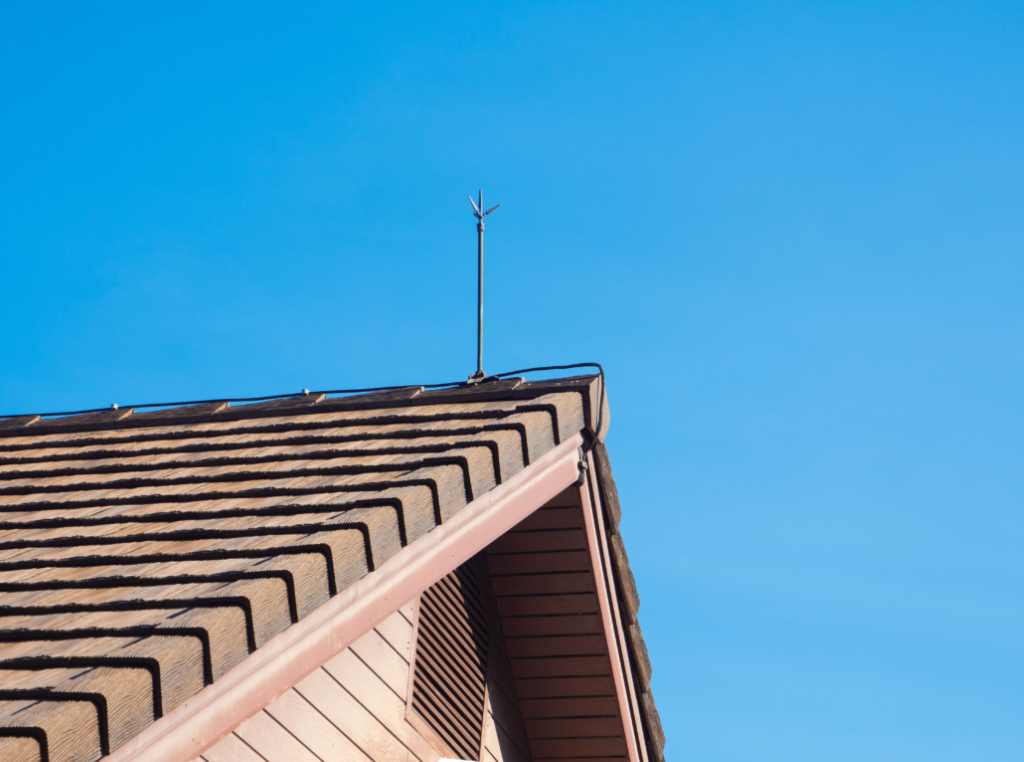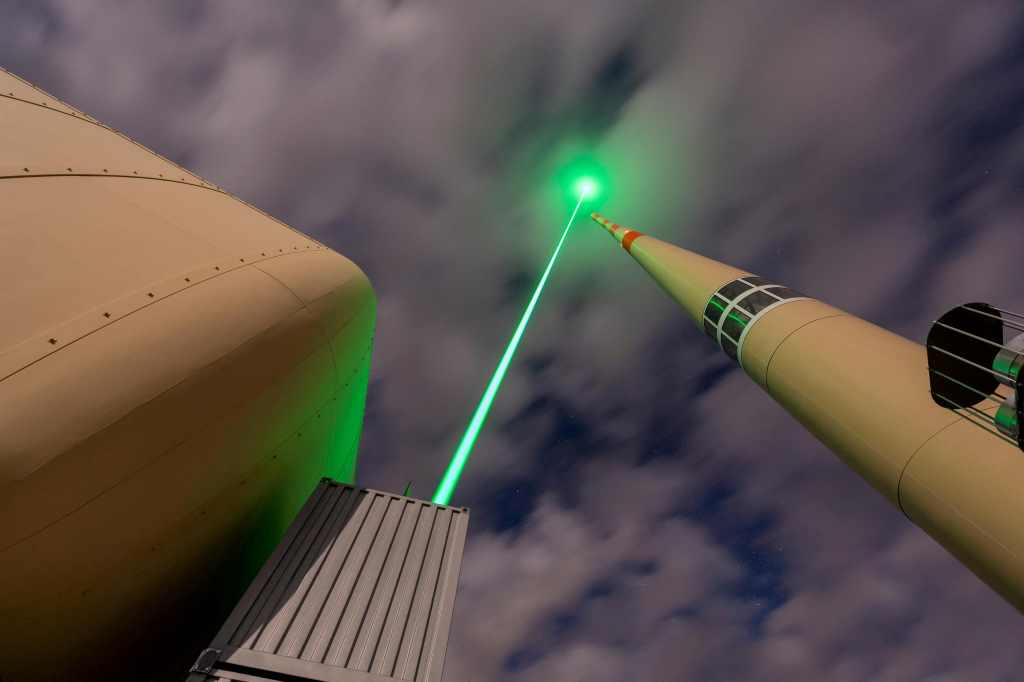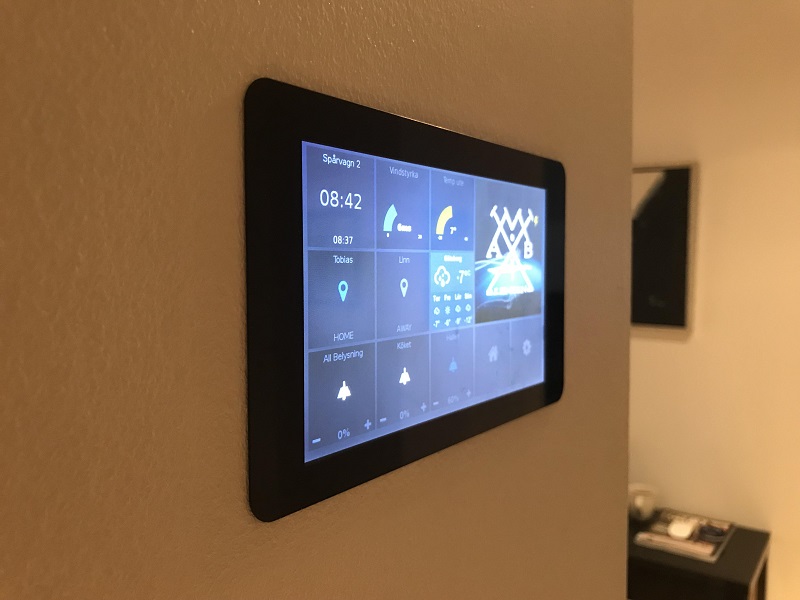Lightning, nature’s electrifying spectacle, can also pose a significant danger. While we’ve come a long way since Benjamin Franklin’s lightning rod, understanding the most effective protection methods requires a nuanced approach.
The Multifaceted Threat of Lightning
To protect against lightning, we first need to understand its diverse dangers:
- Direct Strikes: The most obvious risk, causing fires, structural damage, and personal injury.
- Side Flashes: Lightning can jump from a taller object (like a tree) to a nearby person or structure.
- Ground Currents: Even if lightning strikes the ground nearby, its current can travel through the earth, endangering those in contact.
- Conducted Surges: Lightning entering a building through wires or plumbing can fry electronics and start fires. It’s crucial to invest in home security to mitigate such risks effectively.
The Layered Approach to Protection
The best lightning protection isn’t a single solution, but a combination of strategies:
1. Structural Lightning Protection Systems (LPS)
- Air Terminals (Lightning Rods): These metal rods, placed on the highest points of a building, provide a preferential path for lightning to reach the ground.
- Conductors: Thick wires connect the rods, channeling the current safely down the structure.
- Grounding Electrodes: These rods, buried in the earth, dissipate the lightning current into the ground.
- Surge Protection Devices (SPDs): Installed in electrical panels, these protect appliances and electronics from voltage spikes.
Unique Insight: Not all buildings need an LPS. The risk assessment considers factors like building height, location, and lightning frequency.
2. Personal Safety Measures
- The 30/30 Rule: If you hear thunder within 30 seconds of seeing lightning, seek shelter immediately. Stay inside for 30 minutes after the last thunderclap.
- Safe Shelter: A fully enclosed building with plumbing and electrical wiring is ideal. Hard-top vehicles are a second-best option. Avoid open fields, tall trees, water, and metal objects.
- Lightning Crouch: If caught outside, crouch low with feet together to minimize your contact with the ground.
Unique Insight: Even inside a building, avoid using corded phones, plumbing, and electrical appliances during a thunderstorm.
3. Community Preparedness
- Lightning Warning Systems: Communities can invest in systems that detect lightning and provide early warnings to residents.
- Public Education: Raising awareness about lightning safety is crucial. Schools, community centers, and media outlets can play a vital role.
Unique Insight: Community-based lightning safety programs have been shown to reduce lightning-related deaths and injuries significantly.
The Future of Lightning Protection
Research into lightning protection continues to evolve. Here are some promising avenues:
- Laser-Induced Lightning: Scientists are experimenting with powerful lasers to create a “virtual lightning rod” that could guide lightning strikes.
- Advanced Warning Systems: Artificial Intelligence and machine learning are being used to analyze weather patterns and predict lightning strikes with greater accuracy.
- Building Materials: Researchers are exploring new materials that could inherently protect structures from lightning damage.
Conclusion: Proactive Preparedness is Key
While we can’t prevent lightning, we can significantly reduce its risk. By understanding the science, investing in appropriate protection measures, and promoting lightning safety education, we can all enjoy nature’s light show with a sense of security.
Remember: Lightning is unpredictable, but preparation empowers us to stay safe in the face of this awe-inspiring force.






